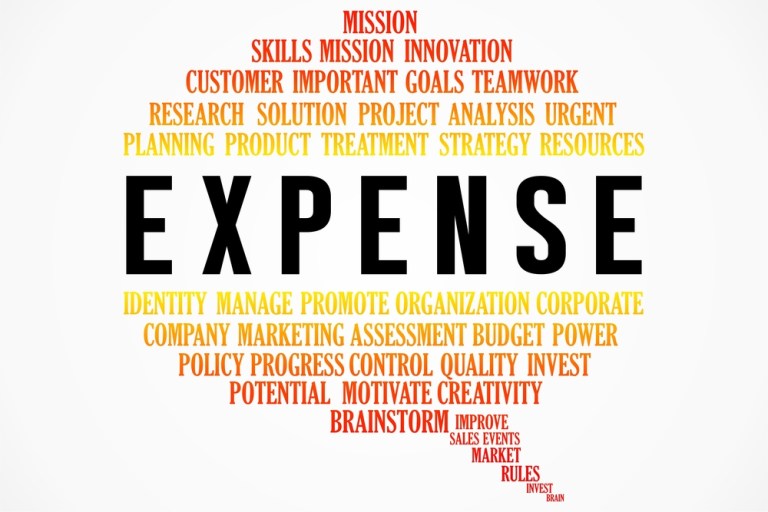
Businesses of all sizes stand to benefit from T&E technology, but many companies, especially smaller ones, are still doing things the hard way — manually, and with lost time and money following suit. That and other tidbits of information marked the latest annual survey of payments executives from Certify.
In the age of technology, the cloud and automated expense management, it may seem archaic that SMBs use manual processes to keep track of spending. But they do, and it seems old habits die hard.
In its latest report, Certify, the cloud-based solutions provider that helps track travel and entertainment expenses, said that its fourth annual survey (known as the 2016 Expense Management Trends report) spanned more than 500 finance professionals, from CFOs to accountants. The stated goal was, and has been over the past few years, to identify “best practices” across T&E management, with an eye on benchmarking and peer performance.
Through the survey, Certify said that companies of differing sizes were well-represented among those profiled, with 24 percent belonging to the enterprise class, 49 percent at mid-sized classification (between 101 to 999 employees) and the remainder belonging to small businesses (fewer than 100 employees). Roughly half of respondents had director level status, complete with expense reporting experience, and much of the remainder hailed from management suites or had titles such as accountant or controller.
In terms of expense management systems themselves, half of companies said they were using at least some form of manual system — dominated by smaller businesses, as 70 percent of companies in that segment use manual processes. Another 35 percent are operating through a Web-based system. The remainder use ERP.
It’s perhaps no surprise that among pain points listed, the key aggravation was “losing paper receipts,” which was followed by the lack of timely filing of reports. Respondents also had issues with the amount of time spent reconciling reports, with a nod toward problems made worse by errors on the reports themselves.
All of this effort adds up and costs real dollars. Certify asked respondents to quantify the per expense report processing costs, with some lopsided results, as nearly half of firms do not track those costs and 28 percent said the tally came in under $7. Another 28 percent pegged the costs at $10 to $20, and the next level, at $25 or more, accounting for 5 percent of companies.
Switching to technology has its advantages, with accounting functions the most readily impacted and good results seen as firms are able to enhance budgeting, planning and auditing, cited by nearly half of the professionals surveyed. Invoicing and payments functions also saw improvement, followed by forecasting. Almost all respondents said they see ROI on systems within two years after implementation. ROI was driven, in turn, by better efficiency within reporting processes, reductions in processing costs and better accessibility with mobile applications.